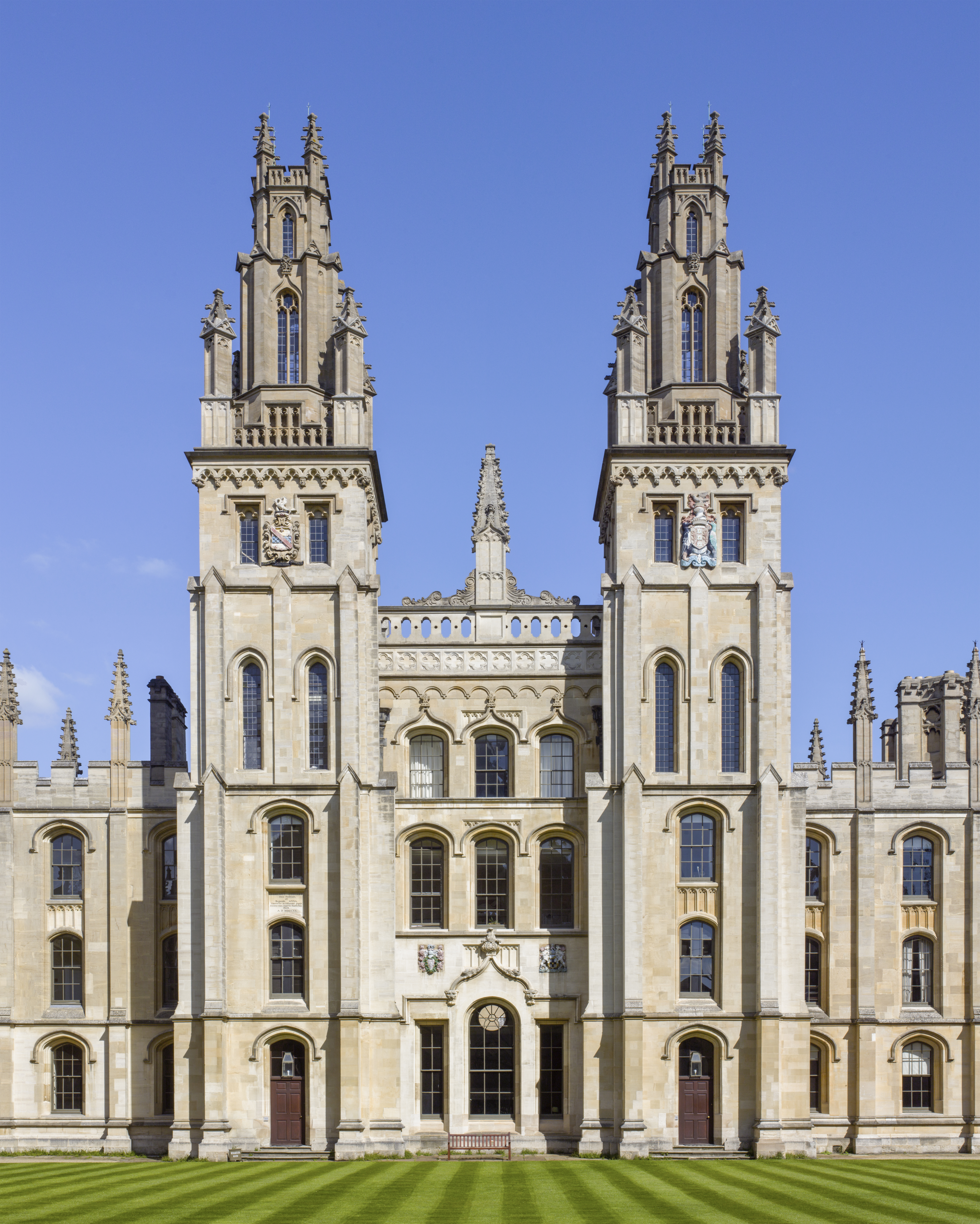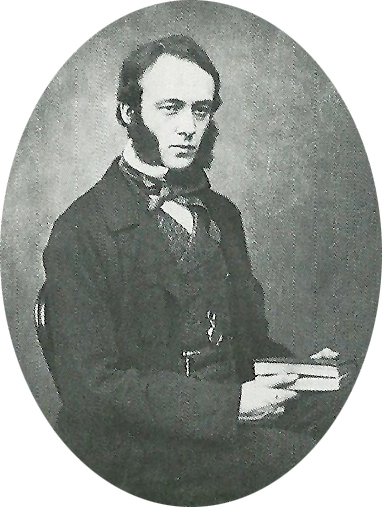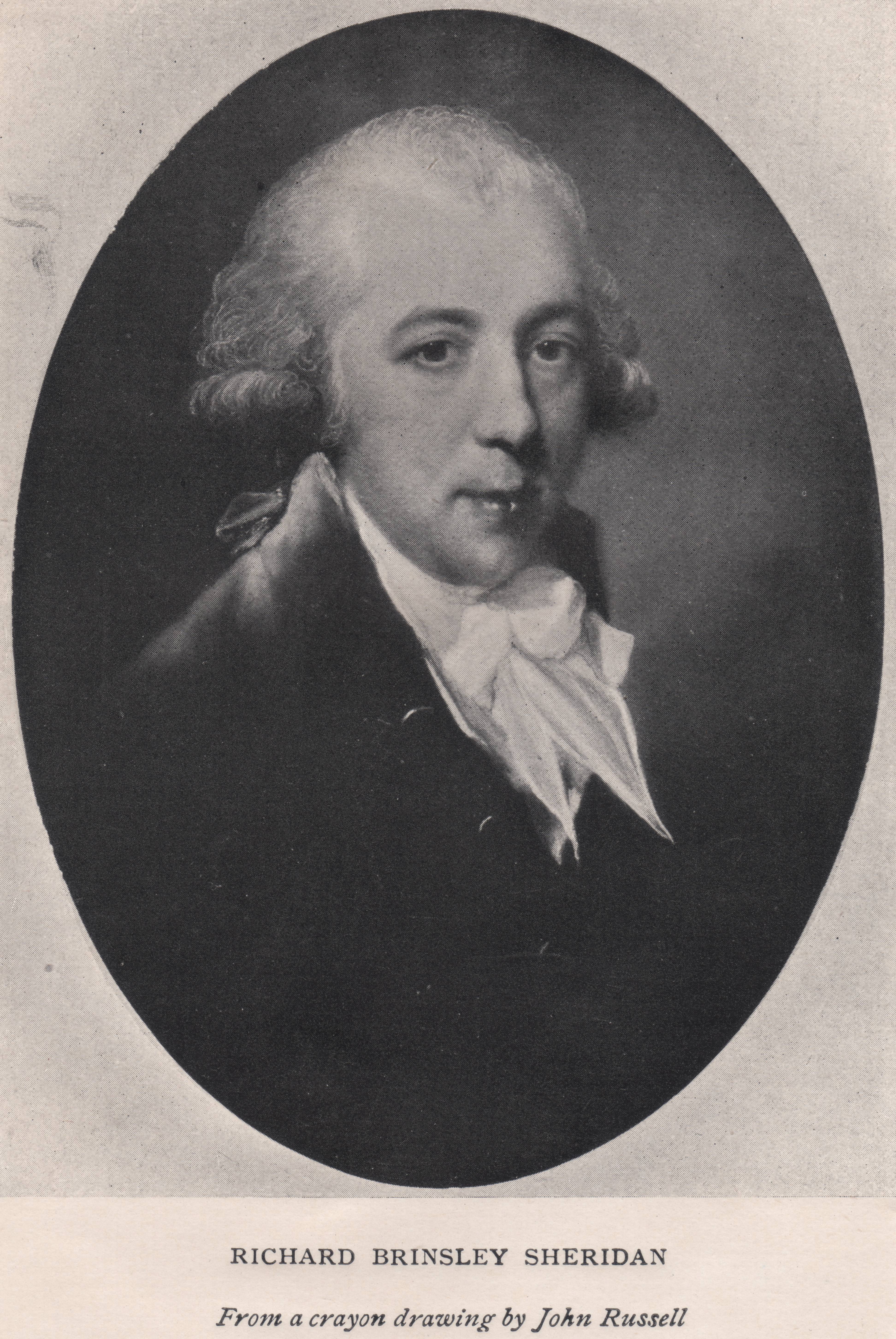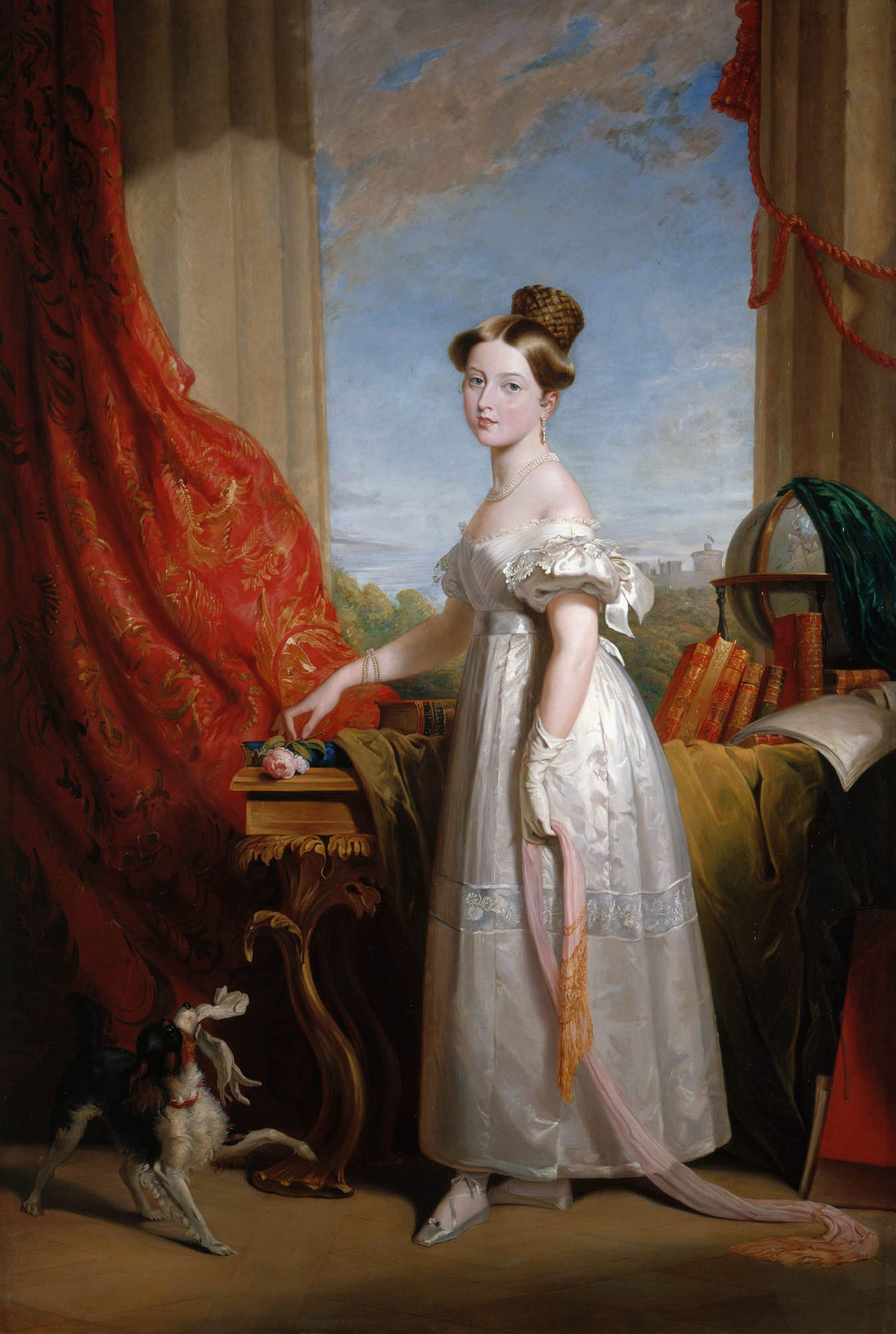|
George Curzon, 1st Marquess Curzon Of Kedleston
George Nathaniel Curzon, 1st Marquess Curzon of Kedleston, (11 January 1859 – 20 March 1925), styled Lord Curzon of Kedleston between 1898 and 1911 and then Earl Curzon of Kedleston between 1911 and 1921, was a British Conservative statesman who served as Viceroy of India from 1899 to 1905. During the First World War, Curzon was Leader of the House of Lords and from December 1916 served in the small War Cabinet of Prime Minister David Lloyd George and in the War Policy Committee. He went on to serve as Secretary of State for Foreign Affairs at the Foreign Office from 1919 to 1924. In 1923, Curzon was a contender for the office of Prime Minister, but Bonar Law and some other leading Conservatives preferred Stanley Baldwin for the office. Early life Curzon was the eldest son and the second of the eleven children of Alfred Curzon, 4th Baron Scarsdale (1831–1916), who was the Rector of Kedleston in Derbyshire. George Curzon's mother was Blanche (1837–1875), the dau ... [...More Info...] [...Related Items...] OR: [Wikipedia] [Google] [Baidu] |
His Excellency
Excellency is an honorific style (manner of address), style given to certain high-level officers of a sovereign state, officials of an international organization, or members of an aristocracy. Once entitled to the title "Excellency", the holder usually retains the right to that courtesy throughout their lifetime, although in some cases the title is attached to a particular office, and is held only for the duration of that office. Generally people addressed as ''Excellency'' are head of state, heads of state, head of government, heads of government, governors, ambassadors, Bishops in the Catholic Church, Roman Catholic bishops and high-ranking ecclesiastics and others holding equivalent rank (e.g., heads of international organizations). Members of royal family, royal families generally have distinct addresses (Majesty, Highness, etc.) It is sometimes misinterpreted as a title of office in itself, but in fact is an honorific that precedes various titles (such as Mr. President (ti ... [...More Info...] [...Related Items...] OR: [Wikipedia] [Google] [Baidu] |
Secretary Of State For Air
The Secretary of State for Air was a secretary of state position in the British government, which existed from 1919 to 1964. The person holding this position was in charge of the Air Ministry. The Secretary of State for Air was supported by the Under-Secretary of State for Air. History The position was created on 10 January 1919 to manage the Royal Air Force. In 1946, the three posts of Secretary of State for War, First Lord of the Admiralty, and Secretary of State for Air became formally subordinated to that of Minister of Defence, which had itself been created in 1940 for the co-ordination of defence and security issues. On 1 April 1964, the Air Ministry was incorporated into the newly-created united Ministry of Defence, and the position of Secretary of State for Air was abolished. List of leaders Notes {{notelist External linksHansard – Secretary of State for Air Air The atmosphere of Earth is the layer of gases, known collectively as air, retained by E ... [...More Info...] [...Related Items...] OR: [Wikipedia] [Google] [Baidu] |
Under-Secretary Of State For India
This is a list of Parliamentary Under-Secretaries of State and Permanent Under-Secretaries of State at the India Office during the period of British rule between 1858 and 1937 for India(and Burma by extension), and for India and Burma from 1937 to 1948. The Parliamentary Under-Secretary of State was a ministerial position and the Permanent Under-Secretary of State was a civil service position. Parliamentary Under-Secretaries of State for India, 1858–1937 Parliamentary Under-Secretaries of State for India and Burma, 1937–1948 Permanent Under-Secretaries of State for India, 1858–1937 Permanent Under-Secretaries of State for India and Burma, 1937–1948 See also * Secretary of State for India {{Uk-fco-history Government of British India India India, officially the Republic of India ( Hindi: ), is a country in South Asia. It is the seventh-largest country by area, the second-most populous country, and the most populous democracy in the worl ... [...More Info...] [...Related Items...] OR: [Wikipedia] [Google] [Baidu] |
St John Brodrick, 1st Earl Of Midleton
William St John Fremantle Brodrick, 1st Earl of Midleton, KP, PC, DL (14 December 185613 February 1942), styled as St John Brodrick until 1907 and as Viscount Midleton between 1907 and 1920, was a British Conservative and Irish Unionist Alliance politician. He served as a Member of Parliament (MP) from 1880 to 1906, as a government minister from 1886 to 1892 and from 1895 to 1900, and as a Cabinet minister from 1900 to 1905. Background and education Brodrick came of a mainly south-west Surrey family who in the early 17th century, in Sirs St John and Thomas Brodrick, were granted land in the south of Ireland, mainly in County Cork. The former settled at Midleton, between Cork and Youghal in 1641; and his son Alan Brodrick (1660–1728), Speaker of the Irish House of Commons and Lord Chancellor of Ireland, was created Baron Brodrick in 1715 and Viscount Midleton in 1717 in the Irish peerage. In 1796 the title of Baron Brodrick in the Peerage of Great Britain was created ... [...More Info...] [...Related Items...] OR: [Wikipedia] [Google] [Baidu] |
Edward Grey, 1st Viscount Grey Of Fallodon
Edward Grey, 1st Viscount Grey of Fallodon, (25 April 1862 – 7 September 1933), better known as Sir Edward Grey, was a British Liberal statesman and the main force behind British foreign policy in the era of the First World War. An adherent of the " New Liberalism", he served as foreign secretary from 1905 to 1916, the longest continuous tenure of any holder of that office. He renewed the 1902 alliance with Japan in 1911. The centrepiece of his policy was the defence of France against German aggression, while avoiding a binding alliance with Paris. He supported France in the Moroccan crises of 1905 and 1911. Another major achievement was the Anglo-Russian entente of 1907. He resolved an outstanding conflict with Germany over the Baghdad railway in 1913. His most important action came in the July Crisis in 1914, when he led Britain into World War I against Germany. He convinced the Liberal cabinet that Britain had an obligation and was honour-bound to defend France, and ... [...More Info...] [...Related Items...] OR: [Wikipedia] [Google] [Baidu] |
Robert Gascoyne-Cecil, 3rd Marquess Of Salisbury
Robert Arthur Talbot Gascoyne-Cecil, 3rd Marquess of Salisbury (; 3 February 183022 August 1903) was a British statesman and Conservative politician who served as Prime Minister of the United Kingdom three times for a total of over thirteen years. He was also Foreign Secretary for much of his tenure, and during his last two years of office he was Lord Keeper of the Privy Seal. He avoided alignments or alliances, maintaining the policy of " splendid isolation". Lord Robert Cecil, also known as Lord Salisbury, was first elected to the House of Commons in 1854 and served as Secretary of State for India in Lord Derby's Conservative government 1866–1867. In 1874, under Disraeli, Salisbury returned as Secretary of State for India, and, in 1878, was appointed foreign secretary, and played a leading part in the Congress of Berlin. After Disraeli's death in 1881, Salisbury emerged as Conservative leader in the House of Lords, with Sir Stafford Northcote leading the party in the C ... [...More Info...] [...Related Items...] OR: [Wikipedia] [Google] [Baidu] |
Under-Secretary Of State For Foreign Affairs
The Parliamentary Under-Secretary of State for Foreign Affairs is a vacant junior position in the British government, subordinate to both the Secretary of State for Foreign Affairs and since 1945 also to the Minister of State for Foreign Affairs (United Kingdom), Minister of State for Foreign Affairs. The post is based at the Foreign, Commonwealth and Development Office, which was created by the merger of the Foreign Office, where the position was initially based, with the Commonwealth Office in 1968 and the Department for International Development in 2020. Notable holders of the office include Granville Leveson-Gower, 2nd Earl Granville, John Wodehouse, 1st Earl of Kimberley, Edward Grey, 1st Viscount Grey of Fallodon, George Curzon, 1st Marquess Curzon of Kedleston, and Anthony Eden. List of ministers See also *Foreign, Commonwealth and Development Office *Foreign Secretary *Minister of State for Europe *Minister of State for Foreign Affairs (United Kingdom), Minister of ... [...More Info...] [...Related Items...] OR: [Wikipedia] [Google] [Baidu] |
Oliver Russell, 2nd Baron Ampthill
Arthur Oliver Villiers Russell, 2nd Baron Ampthill (19 February 1869 – 7 July 1935) was a British peer, rower, and civil servant. He served as Governor of Madras from October 1900 to February 1906, and as acting Viceroy of India from April to December 1904. Russell served as the Assistant Private Secretary to Joseph Chamberlain from 1895 -1897, and as Private Secretary to the same from 1897 to 1900, when he was appointed Governor of Madras. Russell also served as the Viceroy of India from April 1904 to December 1904, when Lord Curzon periodically returned to England. Early life Arthur Oliver Villiers Russell was born on 19 February 1869 in Rome. He was the eldest son of the 1st Baron Ampthill, and Lady Emily Theresa (née Villiers), who was Lady of the Bedchamber to Queen Victoria and daughter of the 4th Earl of Clarendon. Russell succeeded to the barony of Ampthill at the age of 15 on the death of his father. He was educated at Chignell's, Eton College, and New College ... [...More Info...] [...Related Items...] OR: [Wikipedia] [Google] [Baidu] |
Gilbert Elliot-Murray-Kynynmound, 4th Earl Of Minto
Gilbert John Elliot-Murray-Kynynmound, 4th Earl of Minto, (; 9 July 18451 March 1914), known as Viscount Melgund by courtesy from 1859 to 1891, was a British peer and politician who served as Governor General of Canada, the eighth since Canadian Confederation, and as Viceroy and Governor-General of India, the country's 17th. Early life and career Minto was born in London, the son of William Elliot-Murray-Kynynmound, 3rd Earl of Minto, and Emma, daughter of General Sir Thomas Hislop, 1st Baronet. After the death of his grandfather in 1859 he became known by the courtesy title of Viscount Melgund. After completing his education at Eton College and Trinity College, Cambridge, he was commissioned a Lieutenant in the Scots Guards in 1867, but left in 1870. He joined the 1st Roxburghshire Mounted Rifle Volunteer Corps as a captain in 1872. In 1874, in the capacity of a newspaper correspondent, he witnessed the operations of the Carlists in Spain; he took service with the Turkish ar ... [...More Info...] [...Related Items...] OR: [Wikipedia] [Google] [Baidu] |
Victor Bruce, 9th Earl Of Elgin
Victor Alexander Bruce, 9th Earl of Elgin, 13th Earl of Kincardine, (16 May 184918 January 1917), known as Lord Bruce until 1863, was a right-wing British Liberal politician who served as Viceroy of India from 1894 to 1899. He was appointed by Prime Minister Arthur Balfour to hold an investigative enquiry into the conduct of the Boer War in 1902 to 1903. The Elgin Commission was the first of its kind in the British Empire, and it travelled to South Africa and took oral evidence from men who had actually fought in the battles. It was the first to value the lives of the dead and to consider the feelings of mourning relatives left behind, and it was the first occasion in the history of the British Army that recognised the testimony of ordinary soldiery as well as that of the officers. Background and education Elgin was born in Montreal, Canada East (now Montreal, Quebec), the son of James Bruce, 8th Earl of Elgin, who served as Governor-General of Canada at the time, and his wif ... [...More Info...] [...Related Items...] OR: [Wikipedia] [Google] [Baidu] |
Edward VII
Edward VII (Albert Edward; 9 November 1841 – 6 May 1910) was King of the United Kingdom of Great Britain and Ireland and Emperor of India, from 22 January 1901 until his death in 1910. The second child and eldest son of Queen Victoria and Prince Albert of Saxe-Coburg and Gotha, and nicknamed "Bertie", Edward was related to royalty throughout Europe. He was Prince of Wales and heir apparent to the British throne for almost 60 years. During the long reign of his mother, he was largely excluded from political influence and came to personify the fashionable, leisured elite. He travelled throughout Britain performing ceremonial public duties and represented Britain on visits abroad. His tours of North America in 1860 and of the Indian subcontinent in 1875 proved popular successes, but despite public approval, his reputation as a playboy prince soured his relationship with his mother. As king, Edward played a role in the modernisation of the British Home Fleet and the re ... [...More Info...] [...Related Items...] OR: [Wikipedia] [Google] [Baidu] |
Victoria Of The United Kingdom
Victoria (Alexandrina Victoria; 24 May 1819 – 22 January 1901) was Queen of the United Kingdom of Great Britain and Ireland from 20 June 1837 until her death in 1901. Her reign of 63 years and 216 days was longer than that of any previous British monarch and is known as the Victorian era. It was a period of industrial, political, scientific, and military change within the United Kingdom, and was marked by a great expansion of the British Empire. In 1876, the British Parliament voted to grant her the additional title of Empress of India. Victoria was the daughter of Prince Edward, Duke of Kent and Strathearn (the fourth son of King George III), and Princess Victoria of Saxe-Coburg-Saalfeld. After the deaths of her father and grandfather in 1820, she was raised under close supervision by her mother and her comptroller, John Conroy. She inherited the throne aged 18 after her father's three elder brothers died without surviving legitimate issue. Victoria, a constituti ... [...More Info...] [...Related Items...] OR: [Wikipedia] [Google] [Baidu] |









.jpg)
